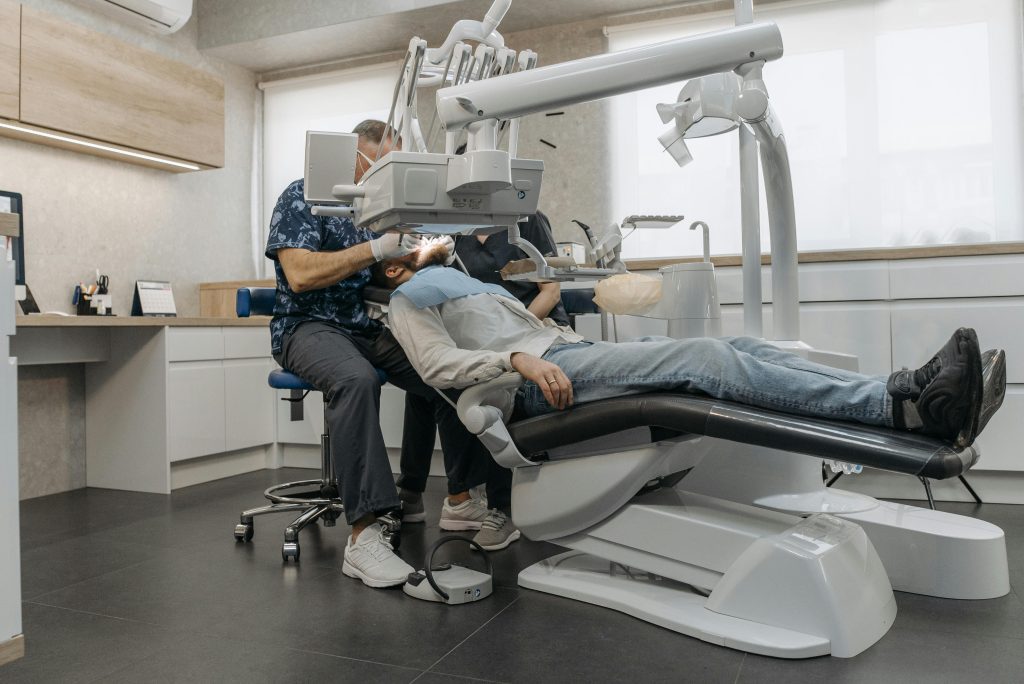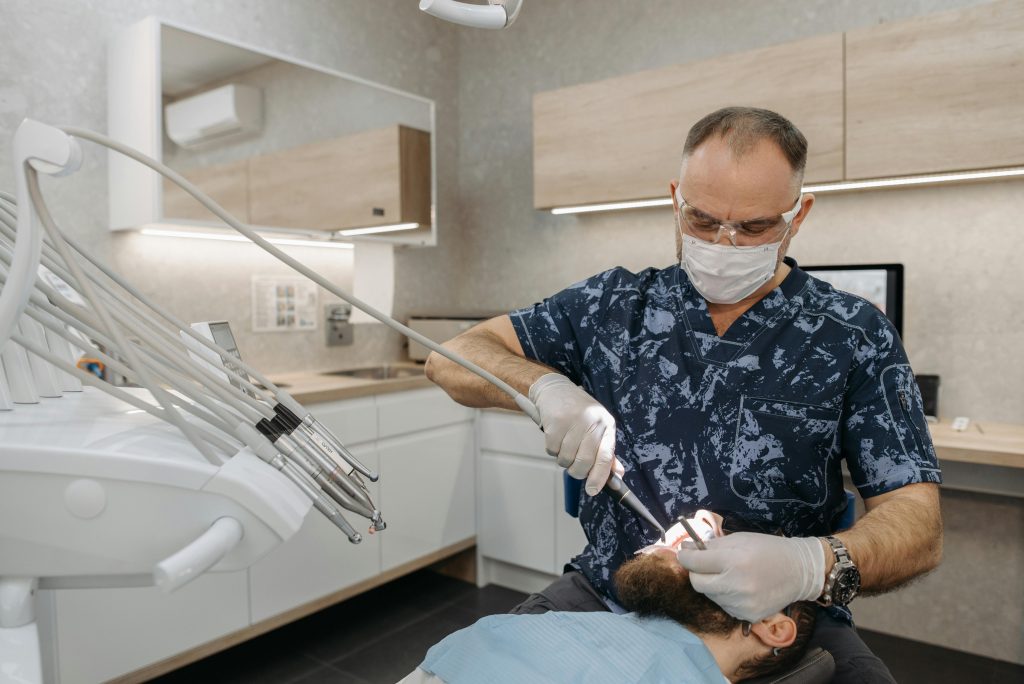Treatments
Pediatric dentists
SmileOn Pediatric Dental Care: Where Little Smiles Shine Bright!
Pediatric dentists are specialized professionals characterized by specialized care in children’s dental health and is our primary concern. We are proud to be the best pediatric dentist in Lahore. Thus, our environment is friendly enough to make your little ones comfortable.
Overview
For children, our dental care services start from the first signs of tooth eruption up to the normal development of regular teeth.
Hence, our staff is committed to offering quality dental services that benefit children. Rather than having dentist appointments being a chore you attend due to health concerns, SmileOn is exciting and where every person prepares to go for the appointment so they can have a great smile!


Choose SmileOn for the Pediatric Dentist
we embrace professionalism in dental care in a pediatric setting. Here’s why families trust us with their children’s smiles:
- Certified pediatric dentists
- Advanced technology
- Kid-friendly environment
- Special treatment for chronic diseases
- Effective treatments
- Pain-free pediatric dentistry
- Prevent further complications
Whether you need an emergency pediatric dentist or a normal one, we offer personalized solutions for your needs. We make sure that our little patients feel as comfortable as they can.
Need To Know
Aftercare Tips for Little Buddies
- Advise the patient to take gentle brushings.
- Take soft foods only during the initial 24 hours
- Stay away from sweet products for a day
How long it takes
A normal appointment will take about 30-60 minutes. However, if any treatment is required then it will take a little longer.
Before your appointment
You make an appointment with our dentist for kids to review your child’s dental health and the issues you may have.
You may be asked about
Using the latest equipment, your pediatrician will perform a thorough survey of your child’s teeth, gums, and oral cavity. Treatments may be about restoring the teeth, tooth extraction, or other orthodontic treatments.
Quick tip
Maintaining good dental hygiene as you grow up is suggested. Also, a child should see a pediatric dentist within the first year of life or when the first tooth occurs.
Ongoing Care & Education
We give advice on how to take care of your oral health at home and make sure to attend review appointments to monitor the development of your child’s teeth.
FAQs
01. Why is pediatric dentistry important?
Pediatric dentistry is important because it involves the care of children’s oral health. Certified pediatric dentists who may be specialists in this field are assessed for the right methods and procedures to handle children and parents with young children.
02. When should kids go to the dentist?
The purpose behind dentists filling in baby teeth is to avoid pain, infection and premature loss of teeth. Indeed, when decay causes a primary tooth to fall out, nearby teeth may drift into the vacant space, which can, in turn, cause the permanent teeth to erupt unevenly. Hence, healthy primary teeth help in the chewing process, speech, and space maintenance to allow future permanent teeth.
03. Why do dentist fill children's teeth?
The purpose behind dentists filling in baby teeth is to avoid pain, infection and premature loss of teeth. Indeed, when decay causes a primary tooth to fall out, nearby teeth may drift into the vacant space, which can, in turn, cause the permanent teeth to erupt unevenly. Hence, healthy primary teeth help in the chewing process, speech, and space maintenance to allow future permanent teeth.
04. From which age should one visit a pediatric dentist?
To build proper hygiene habits concerning teeth, the child should be taken to the pediatric dentist as soon as possible, including at six months. Early visits help stop future dental problems and maintain good dental hygiene.
05. Is it possible for a pediatric dentist to treat adults?
Pediatric dentists can treat adult patients. However, every patient who goes to see a Pediatric dentist should need to switch to a regular dentist after clocking 18 years.
06. What is the rule of 4 in pediatric dentistry?
The rule of 4 refers to approximately four baby teeth erupting every four to six months, and this begins at approximately seven months of age, until the full 20 teeth break through at age three. Moreover, the understanding of this guideline helps parents and dentists to track normal dental development.
07. What is 4S exercise in pediatric dentistry?
4S exercise in pediatric dentistry is a method of treating tongue thrusting, an improper swallowing pattern in which the tongue pushes against the teeth during swallowing. The four S are Spot, Salivate, Squeeze and Swallow. It includes the exercise of the tongue in order to change its swallowing pattern to a new, correct one.

